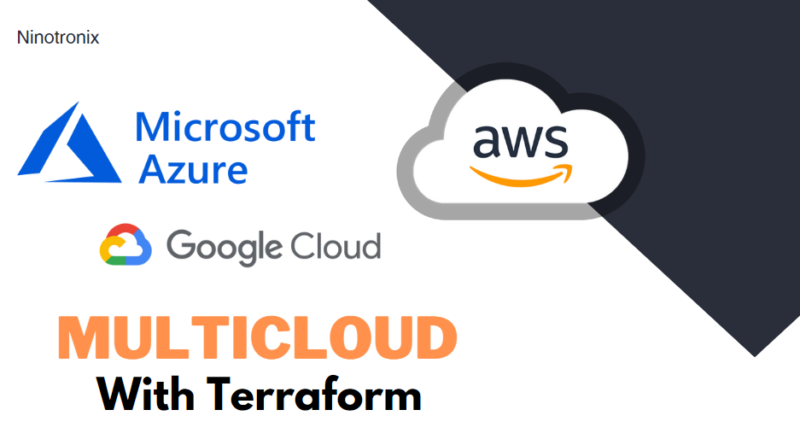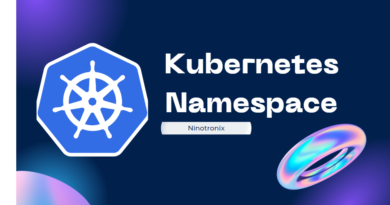Managing Multi-Cloud Environments with Terraform
Multi-cloud environments are becoming increasingly popular as organizations seek to leverage the strengths of different cloud providers for different workloads. However, managing resources across multiple clouds can be complex and time-consuming. In this article, we will discuss how to use Terraform to manage multi-cloud environments.
- Use a consistent approach
When managing resources across multiple clouds, it is important to use a consistent approach. Use the same Terraform codebase and follow the same directory structure and naming conventions across all clouds. This makes it easier to manage resources and ensures consistency across your infrastructure.
- Use provider-specific modules
Each cloud provider has its own set of resources and configuration settings. Use provider-specific modules from the Terraform Registry to manage resources for each cloud provider. This makes it easier to manage resources and ensures that you are using the best practices for each provider.
- Use a cloud-agnostic abstraction layer
To simplify managing resources across multiple clouds, consider using a cloud-agnostic abstraction layer. This layer allows you to define resources using a standard interface that can be translated to each cloud provider’s API. This makes it easier to manage resources and reduces the risk of cloud vendor lock-in.
- Use remote state
When managing resources across multiple clouds, it is important to use remote state. Storing your state file remotely in a shared location such as an S3 bucket or a remote backend like Terraform Cloud or Azure DevOps helps to ensure consistency and prevent state file corruption.
- Use environment variables
Use environment variables to define cloud-specific settings such as credentials and API endpoints. This makes it easier to manage settings across multiple clouds and reduces the risk of errors.


- Use workspaces
Use Terraform workspaces to manage resources for each cloud provider. Workspaces allow you to maintain separate state files for each environment, such as dev, test, and production. This makes it easier to manage resources and prevents mistakes in production.
- Use conditional logic
Use conditional logic to define resources that are specific to each cloud provider. This allows you to create resources that are specific to each provider and ensures that you are using the best practices for each provider.
- Use automation
Use automation to manage resources across multiple clouds. Use tools such as Jenkins, GitLab CI, or AWS CodePipeline to build, test, and deploy your Terraform code. This helps to automate the deployment process and reduces the risk of human error.
- Use monitoring
Use monitoring tools to track changes to your infrastructure across multiple clouds. Use tools such as CloudWatch, Stackdriver, or Azure Monitor to monitor changes to your infrastructure and detect any issues or errors.
- Use security best practices
Security is essential when managing cloud infrastructure. Use security best practices such as using secure credentials, implementing role-based access control, and enabling encryption to protect your infrastructure from attacks.
In conclusion, managing multi-cloud environments with Terraform can be complex, but by following best practices such as using a consistent approach, using provider-specific modules, using a cloud-agnostic abstraction layer, using remote state, using environment variables, using workspaces, using conditional logic, using automation, using monitoring, and using security best practices, you can effectively manage your multi-cloud infrastructure and ensure consistency, scalability, and security.




